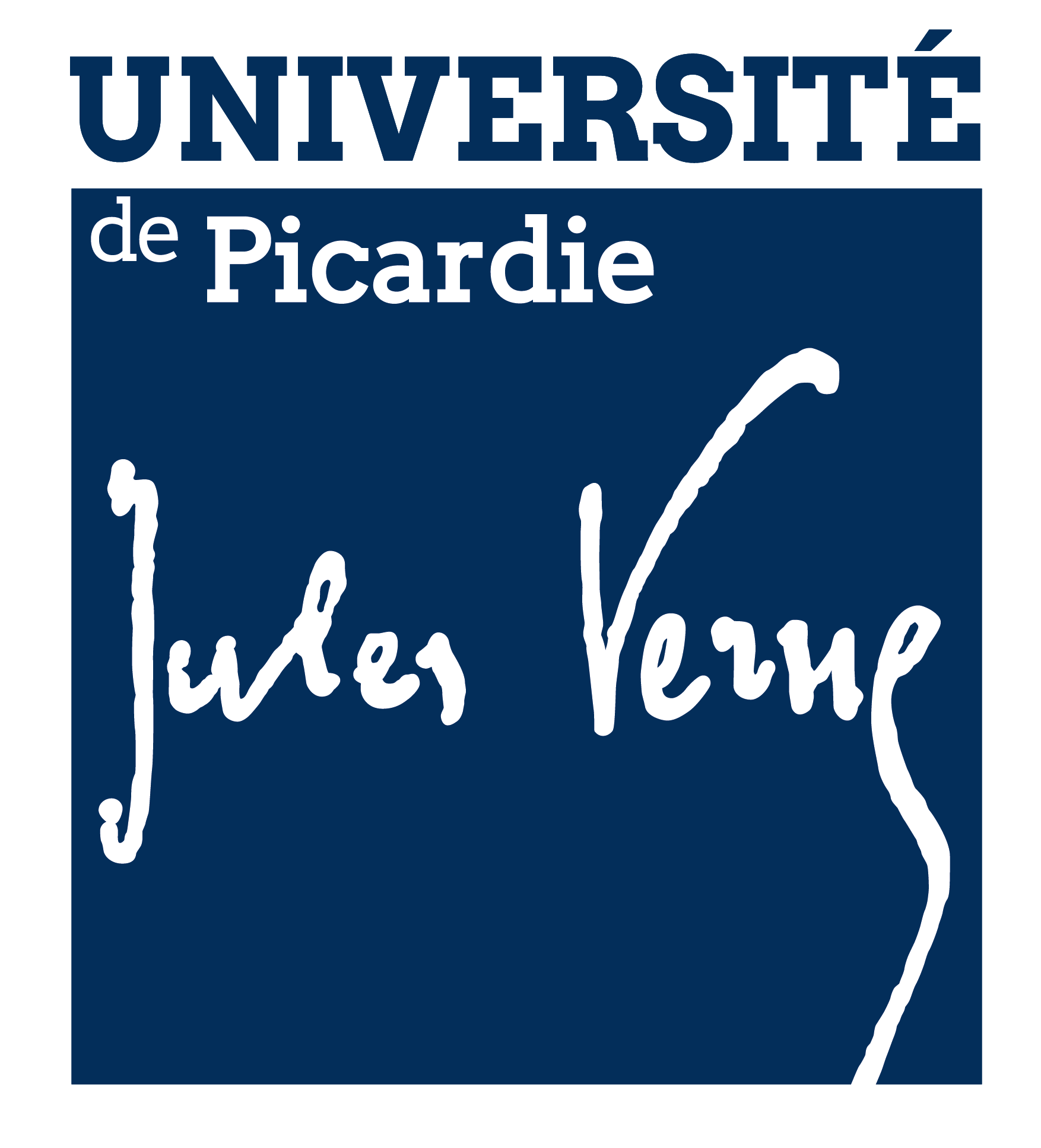The WALNUT project: Does cell wall pectic fraction modification influence plant nutrition and/or phytoremediation capacities ?
Résumé
The general framework of the WALNUT project aims to increase the knowledge of the biological function of enzymes modifying the structure of pectins (or PRE for "Pectin Remodeling Enzymes") in the primary plant cell wall. Among these enzymes, Pectin MethylEsterases (PME, EC 3.1.1.11) catalyse the hydrolysis of C6 galacturonic acid methylester group present in newly synthesized homogalacturonans. Analysis of recent bibliography indicates a potential role for the pectins demethylesterification in the plant response to nutritional (nitrogen, phosphorus) or heavy metal (cadmium, aluminium) stresses, evidenced by an increase/decrease of PME activity in such conditions (refs). These observations raise the question of the involvement of pectin methylesterification in ion apoplastic transport and translocation, both in root and aerial plant tissues. The aim of the WALNUT project is to obtain a direct proof of such pectin-dependant apoplastic regulation of ion transport in plants. The general experimental approach will take place in three distinct steps (I) the production of A. thaliana transgenic plants whose pectin structure is modified by PME in different plant compartments (II) the screening of those transgenic lines for their ability to absorbe, transport and accumulate a heavy metal, Cadmium, and (III) the additional characterization of the selected transgenics presenting a change in management of Cd stress and accumulation focussed on their ability to cope with mineral nutrition stress. Beyond its fundamental aspects, this work finds its place in the perspective of the careful use of nutritional inputs in the context of field crops, but also in the context of the implementation of new strategies for heavy metals soils phytoremediation.
Domaines
Sciences du Vivant [q-bio]
Fichier principal
 WALNUT Project Does cell wall pectic fraction modification influence plant nutrition and or phytoremediation capacities.pdf (2.27 Mo)
Télécharger le fichier
WALNUT Project Does cell wall pectic fraction modification influence plant nutrition and or phytoremediation capacities.pdf (2.27 Mo)
Télécharger le fichier
| Origine | Fichiers produits par l'(les) auteur(s) |
|---|---|
| licence |


